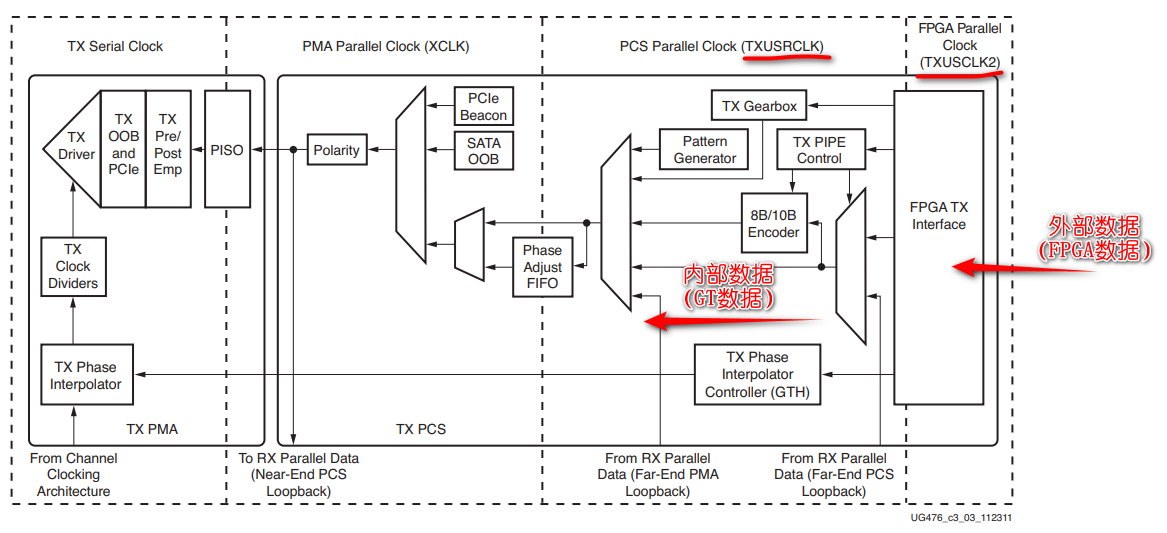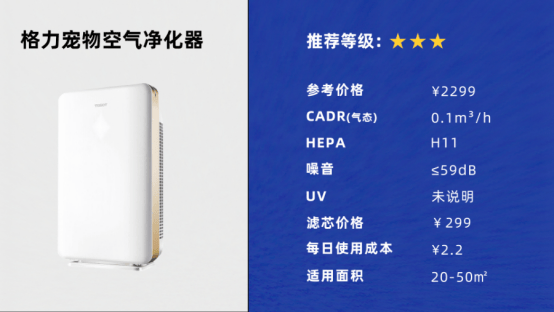一、栈的概念及结构
栈是一种特殊的线性表,只允许在固定的一端进行插入删除元素操作。
进行数据插入和删除操作的一端称为栈顶,另一端称为栈底。
栈中的数据元素遵循后进先出LIFO(Last In First Out)的原则。
压栈:栈的插入操作叫做进栈/压栈/入栈,入数据在栈顶。
出栈:栈的删除操作叫做出栈,出数据也在栈顶。

二、栈的实现
栈的实现一般可以使用数组或链表实现:



相对而言数组结构实现更优,因为数组尾插数据代价比较小。
Stack.h文件:
#pragma once
#include<stdio.h>
#include<stdlib.h>
#include<assert.h>
#include<stdbool.h>
typedef int STDataType;
typedef struct Stack
{
STDataType* a;
int top; //栈顶
int capacity; //容量
}ST;
//初始化
void STInit(ST* pst);
//销毁
void STDestroy(ST* pst);
//入栈
void STPush(ST* pst, STDataType x);
//出栈
void STPop(ST* pst);
//获取栈顶元素
STDataType STTop(ST* pst);
//获取栈中有效元素个数
int STSize(ST* pst);
//检测栈是否为空
bool STEmpty(ST* pst);Stack.c文件:
#define _CRT_SECURE_NO_WARNINGS 1
#include"Stack.h"
//初始化
void STInit(ST* pst)
{
assert(pst);
pst->a = NULL;
pst->top = pst->capacity = 0;//top指向栈顶数据的下一个位置
}
//销毁
void STDestroy(ST* pst)
{
assert(pst);
free(pst->a);
pst->a = NULL;
pst->top = pst->capacity = 0;
}
//入栈
void STPush(ST* pst, STDataType x)
{
assert(pst);
//扩容
if (pst->top == pst->capacity)
{
int newCapacity = pst->capacity == 0 ? 4 : pst->capacity * 2;
STDataType* tmp = (STDataType*)realloc(pst->a, newCapacity * sizeof(STDataType));
if (tmp == NULL)
{
perror("realloc fail");
return;
}
pst->a = tmp;
pst->capacity = newCapacity;
}
pst->a[pst->top] = x;
pst->top++;
}
//出栈
void STPop(ST* pst)
{
assert(pst);
assert(pst->top > 0);
return pst->top--;
}
//获取栈顶元素
STDataType STTop(ST* pst)
{
assert(pst);
assert(pst->top > 0);
return pst->a[pst->top - 1];
}
//获取栈中有效元素个数
int STSize(ST* pst)
{
assert(pst);
return pst->top;
}
//检测栈是否为空,如果为空返回非0,不为空返回0
bool STEmpty(ST* pst)
{
assert(pst);
if (pst->top == 0)
{
return 1;
}
else
{
return 0;
}
}Test.c文件:
#define _CRT_SECURE_NO_WARNINGS 1
#include"Stack.h"
int main()
{
ST s;
STInit(&s);
STPush(&s, 1);
STPush(&s, 2);
STPush(&s, 3);
STPush(&s, 4);
STPop(&s);
printf("%d\n", STTop(&s));
while (!STEmpty(&s))
{
printf("%d ", STTop(&s));
STPop(&s);
}
STDestroy(&s);
return 0;
}三、括号匹配问题
20. 有效的括号 - 力扣(LeetCode)

typedef char STDataType;
typedef struct Stack
{
STDataType* a;
int top; //栈顶
int capacity; //容量
}ST;
//初始化
void STInit(ST* pst);
//销毁
void STDestroy(ST* pst);
//入栈
void STPush(ST* pst, STDataType x);
//出栈
void STPop(ST* pst);
//获取栈顶元素
STDataType STTop(ST* pst);
//获取栈中有效元素个数
int STSize(ST* pst);
//检测栈是否为空
bool STEmpty(ST* pst);
//初始化
void STInit(ST* pst)
{
assert(pst);
pst->a = NULL;
pst->top = 0;
pst->capacity = 0;
}
//销毁
void STDestroy(ST* pst)
{
assert(pst);
free(pst->a);
pst->a = NULL;
pst->top = pst->capacity = 0;
}
//入栈
void STPush(ST* pst, STDataType x)
{
assert(pst);
//扩容
if (pst->top == pst->capacity)
{
int newCapacity = pst->capacity == 0 ? 4 : pst->capacity * 2;
STDataType* tmp = (STDataType*)realloc(pst->a, newCapacity * sizeof(STDataType));
if (tmp == NULL)
{
perror("realloc fail");
return;
}
pst->a = tmp;
pst->capacity = newCapacity;
}
pst->a[pst->top] = x;
pst->top++;
}
//出栈
void STPop(ST* pst)
{
assert(pst);
pst->top--;
}
//获取栈顶元素
STDataType STTop(ST* pst)
{
assert(pst);
return pst->a[pst->top - 1];
}
//获取栈中有效元素个数
int STSize(ST* pst)
{
assert(pst);
return pst->top;
}
//检测栈是否为空,如果为空返回非0,不为空返回0
bool STEmpty(ST* pst)
{
assert(pst);
return pst->top == 0;
}
bool isValid(const char* s) {
ST st;
STInit(&st);
while (*s)
{
//左括号入栈
if (*s == '(' || *s == '[' || *s == '{')
{
STPush(&st, *s);
}
else {
if (STEmpty(&st))
{
STDestroy(&st);
return false;
}
char top = STTop(&st);
STPop(&st);
//不匹配
if ((top == '(' && *s != ')') ||
(top == '[' && *s != ']') ||
(top == '{' && *s != '}'))
{
STDestroy(&st);
return false;
}
}
++s;
}
//栈不为空说明左括号比右括号多,数量不匹配
bool ret = STEmpty(&st);
STDestroy(&st);
return ret;
}







![QList 的访问方式list.at(index) 和 list[index] 对比](https://i-blog.csdnimg.cn/direct/95cedea9a379492ea24fa5bdc177cacc.png)











